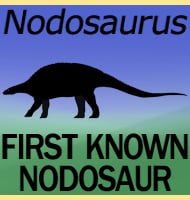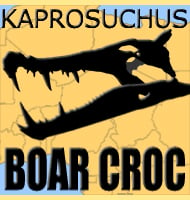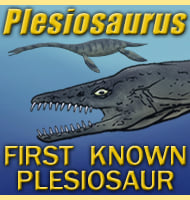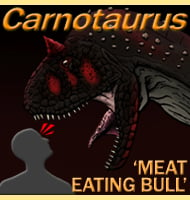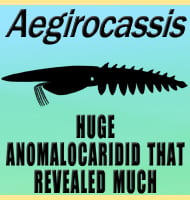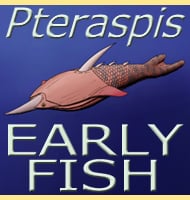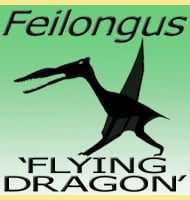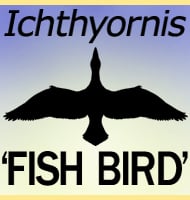In Depth
At the time of the genus being named, Orovenator is the oldest neodiapsid reptile known to science. The neodiapsids are the ancestral reptile group which includes most modern reptile forms.
Further Reading
- A new Early Permian reptile and its significance in early diapsid evolution. - Proceedings of the Royal Society B 278 (1725): 3731–3737. - Robert R. Reisz, Sean P. Modesto & Diane M. Scott - 2011. – A redescription of Orovenator mayorum (Sauropsida, Diapsida) using high-resolution μCT, and the consequences for early amniote phylogeny. – Papers in Palaeontology. 0 (2): 197–239. – David P. Ford & Roger B. J. Benson – 2018.

